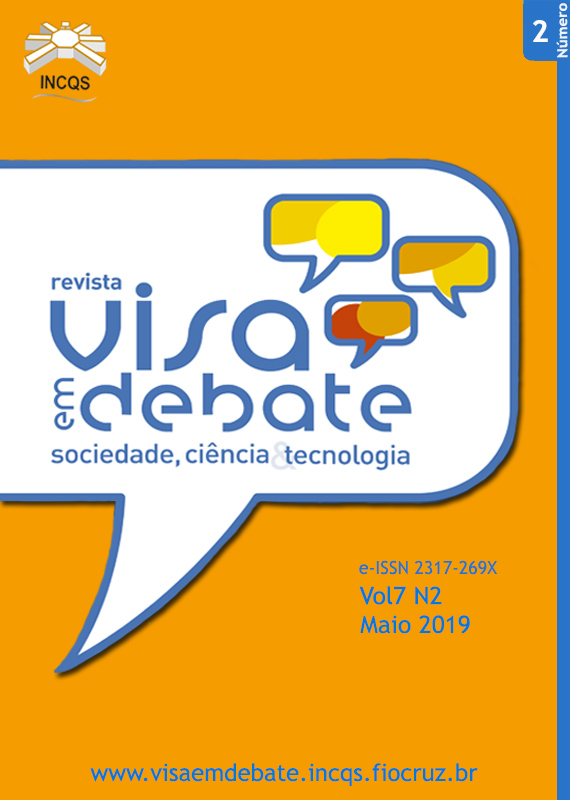Efficiency of a remediation filter (TEVAP) for the removal of pollutants in swine effluents
DOI:
https://doi.org/10.22239/2317-269x.01226Keywords:
Pig Breeding, System of Evapotranspiration (TEVAP), Removal Efficiency, HealthAbstract
Introduction: Swine breeding is a fast growing activity of socioeconomic relevance and potential pollution, whose sustainable expansion depends on technological alternatives that minimize environmental impact, such as techniques and remediation operations in these areas. Remedial effluents must be properly managed prior to their application to soil to avoid potential environmental contamination and damage to human health. Objective: The objective was to evaluate the physical and chemical parameters of effluent samples, before and after the treatment through a system of evapotranspiration (TEVAP) for swine manure. Method: Physical-chemical aspects were investigated, evaluated before (control: raw effluent) and after treatment, 10 days (treated effluent) and 40 days (final effluent) were investigated. In addition, a microbiological evaluation was performed. Results: The hydrogenation potential (pH) did not change. There was a reduction of chemical substances (chemical oxygen demand (COD), ammoniacal nitrogen, chlorides), total dissolved solids (TDS), temperature, alkalinity, electrical conductivity, total hardness and thermotolerant
coliforms, for treated and final effluents. There was an increase in dissolved oxygen (OD). The efficiency of the COD system for the treated effluent was 40%, and for the final effluent was 98%. Conclusions: Chemical and microbiological results indicate that the treated effluent, i.e. gray water, can be reused for cleaning pig facilities, although there is a need for additional treatment to achieve complete inactivation for use and direct contact with animals. The low cost of implementation of TEVAP, together with the efficiency of the organic load removal, and with the rural communities, allows the mitigation of negative impacts to the environment, propitiating prevention in the transmission of possible diseases.
Downloads
Downloads
Published
Issue
Section
License
Copyright (c) 2019 Health Surveillance under Debate: Society, Science & Technology (Vigilância Sanitária em Debate: Sociedade, Ciência & Tecnología) – “Visa em Debate”

This work is licensed under a Creative Commons Attribution-NonCommercial-NoDerivatives 4.0 International License.
COPYRIGHT ALLOWANCE The author (s) hereinafter designated as the ASSIGNOR hereby assign and transfer, free of charge, the ownership of the copyrights related to this ARTICLE to the Vigilância Sanitária em Debate: Sociedade, Ciência & Tecnologia (Health Surveillance under Debate: Society, Science & Technology) – Visa em Debate, represented by FUNDAÇÃO OSWALDO CRUZ, established at Av. Brasil, nº 4365, Manguinhos, Rio de Janeiro, RJ, Brazil, CEP 21045-900, under the conditions set out below: (a) The terms and conditions set forth in this Agreement shall apply to the following: 1. The ASSIGNOR declares that they s(he) is (are) the author (s) and owner (s) of the copyrighted property of the ARTICLE submitted. 2. The ASSIGNOR declares that the ARTICLE does not infringe the copyrights and / or other property rights of third parties, that the disclosure of images (if any) has been authorized and that they s(he) assume(s) full moral and / or property liability for its content, before third parties. 3. THE ASSIGNOR assigns and transfers all copyrights relating to the ARTICLE to the ASSIGNEE, especially the rights of editing, publication, translation into another language and reproduction by any process or technique. The ASSIGNEE becomes the exclusive owner of the rights related to the ARTICLE, and any reproduction, totally or partially, is prohibited in any other means of publicity, printed or electronic, without prior written authorization from the ASSIGNEE. 4. The assignment is free and, therefore, there will be no remuneration for the use of the ARTICLE by the ASSIGNEE.







